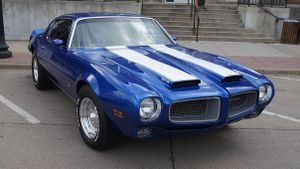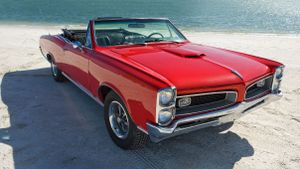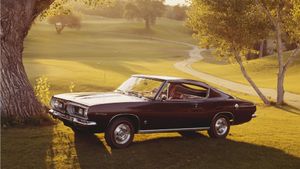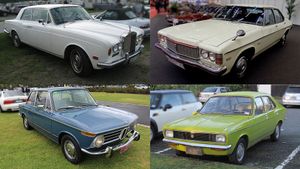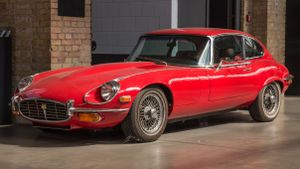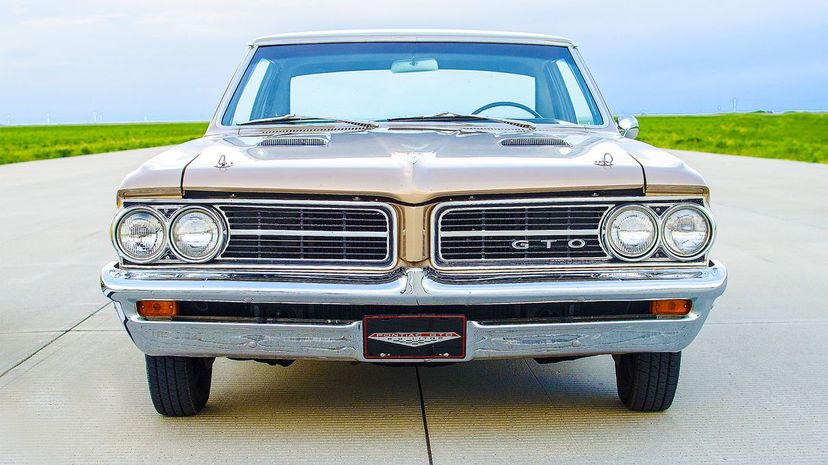
About This Quiz
Just based on the name alone, you can guess that a muscle car was defined as something with some power to it. Iconic of the '60s and the '70s in American automaking, a muscle car was usually defined as a powerful, high-performance vehicle that featured a V8 engine, rear-wheel drive, and was suitable for drag-racing. It also helped if it was affordable as well. In so many words, it had to look cool and tear up the road.
In the 1970s, a change in standards meant that cars had to be safer and more fuel-efficient, and that meant engines were severely scaled back, effectively killing off muscle cars after about a decade worth of life. But during the time muscle cars existed, the major automakers kept competing with each other year after year to produce more powerful vehicles that would draw in buyers and beat out the competition. Some, like the Corvette, the Charger, the Mustang and the Camaro, have become legends. Others, like the Cataline 2+2 or the Interceptor, are far less well-known outside of car circles. But that won't matter to you, right? As a true muscle car fan, you should recognize many of these cars. But can you recognize all of them? Take the quiz and see!
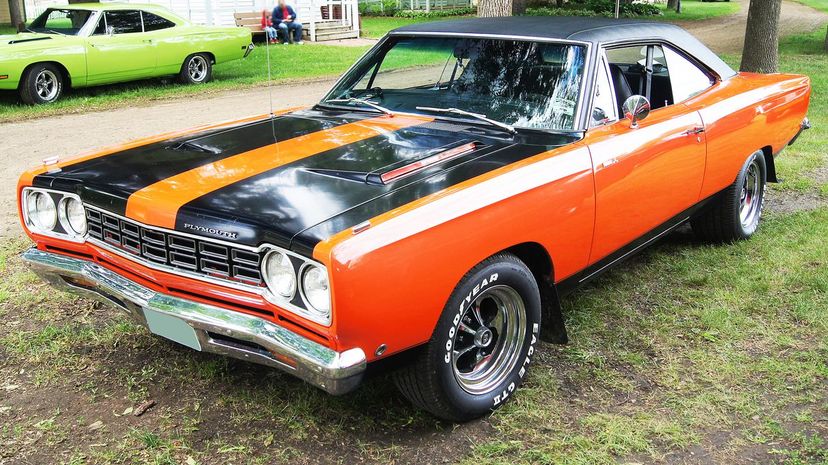
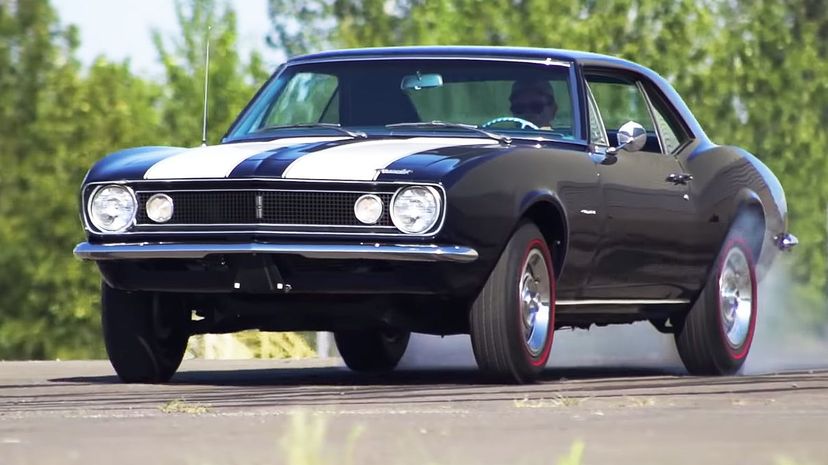
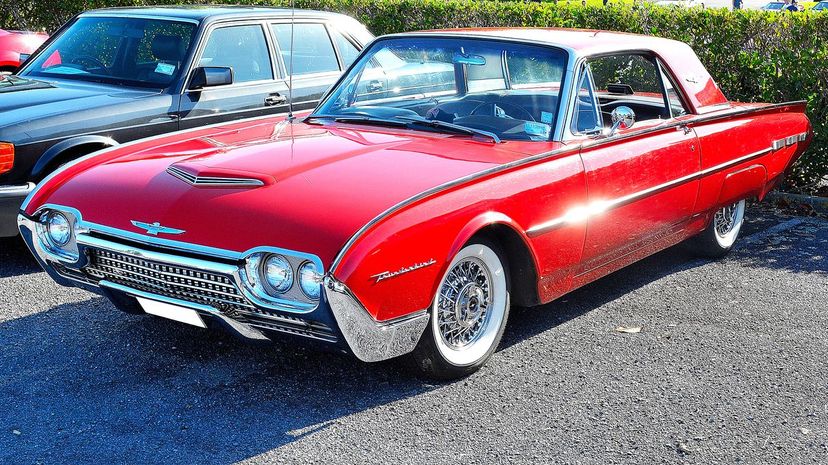
Advertisement
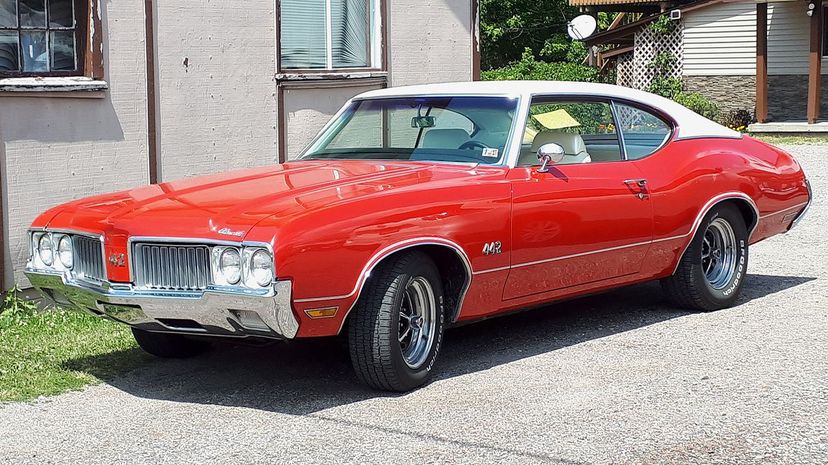
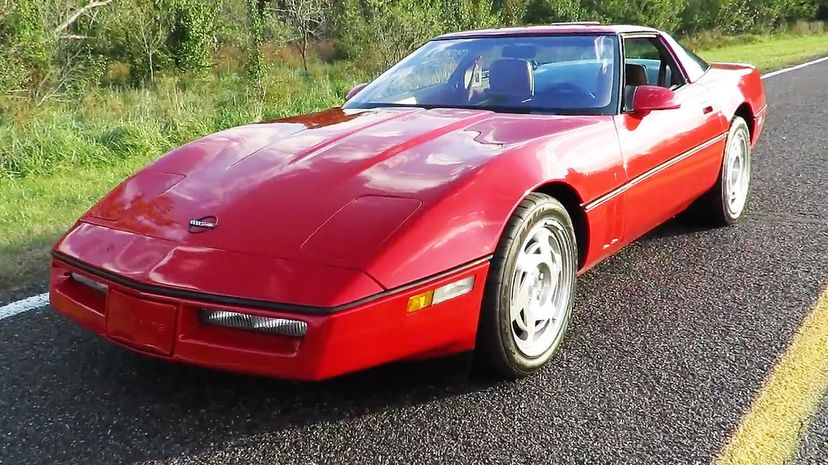

Advertisement
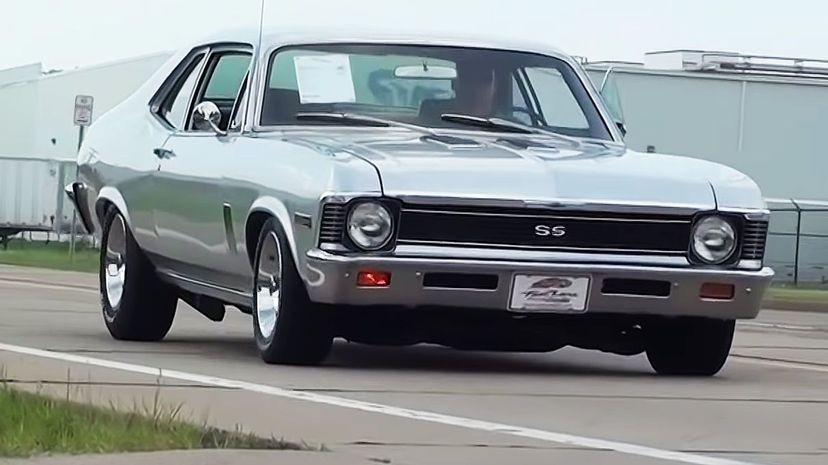

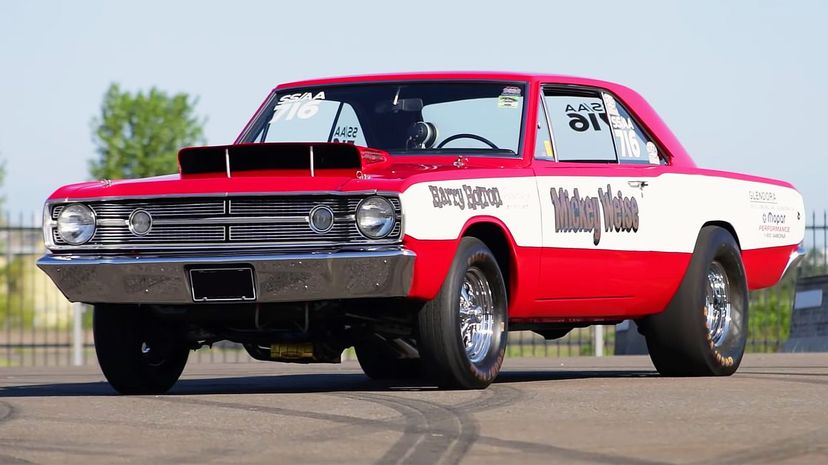
Advertisement
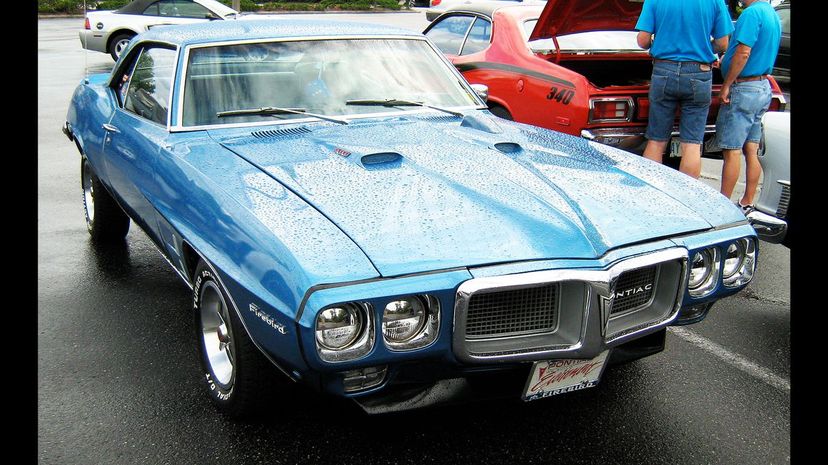
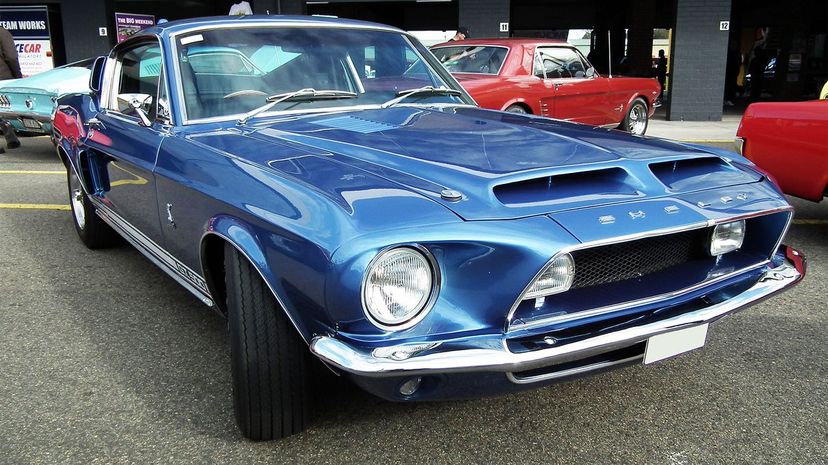
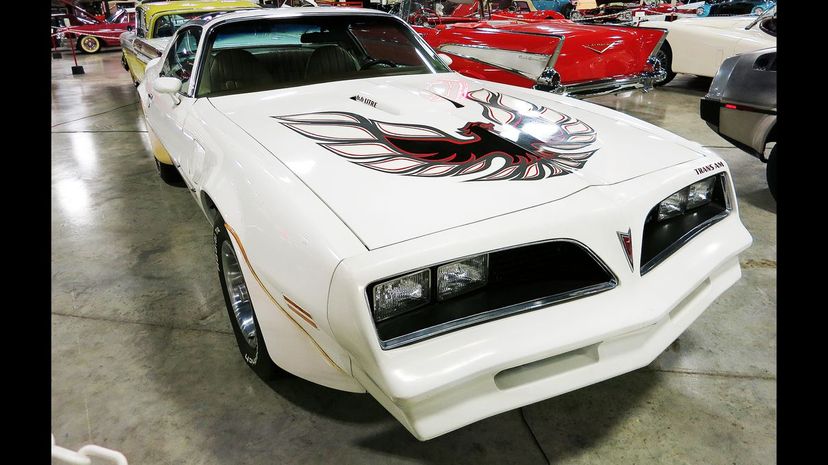
Advertisement
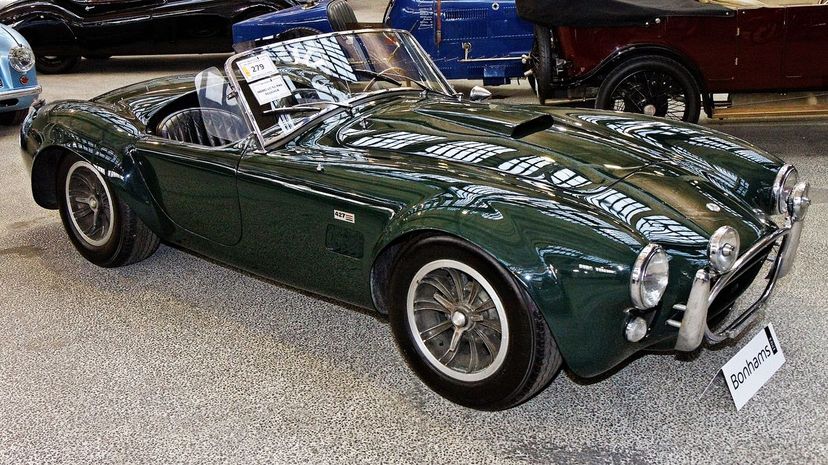
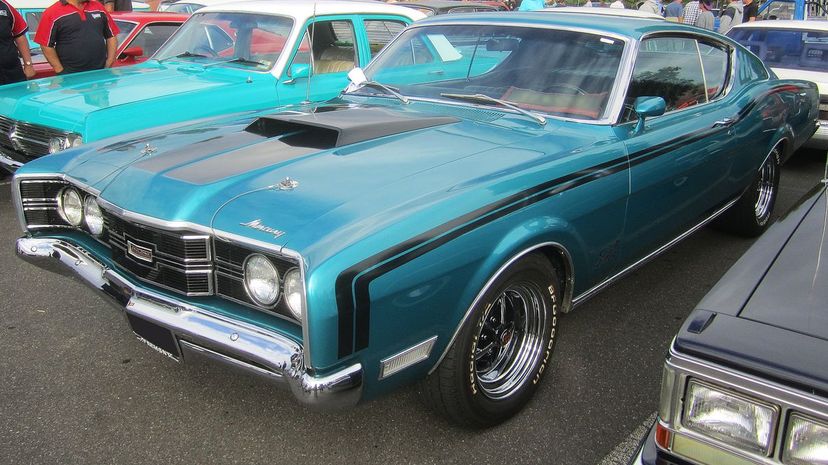
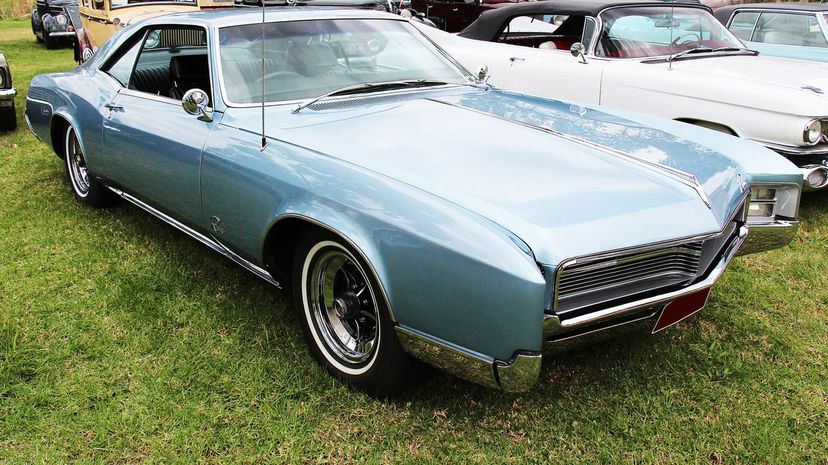
Advertisement
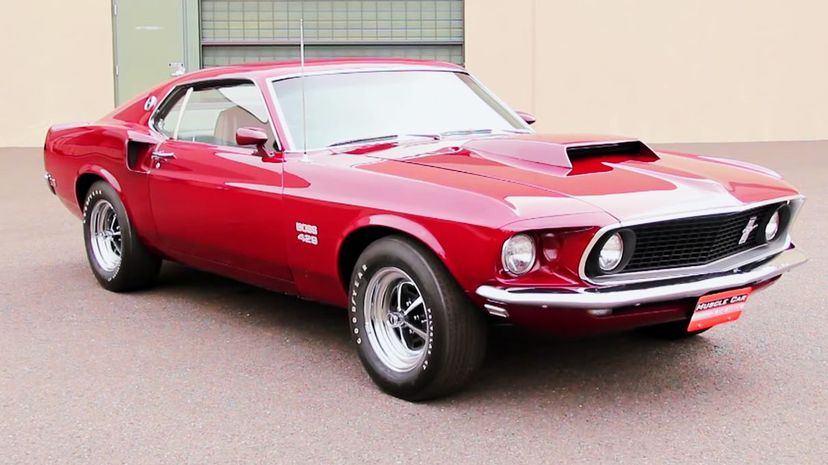
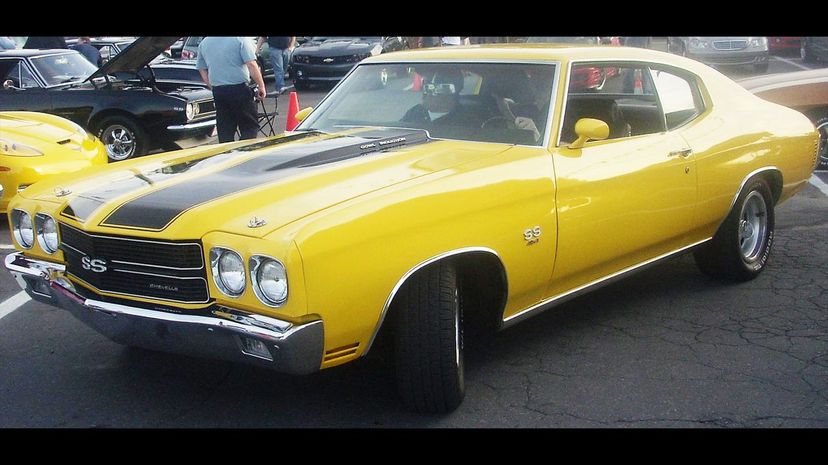
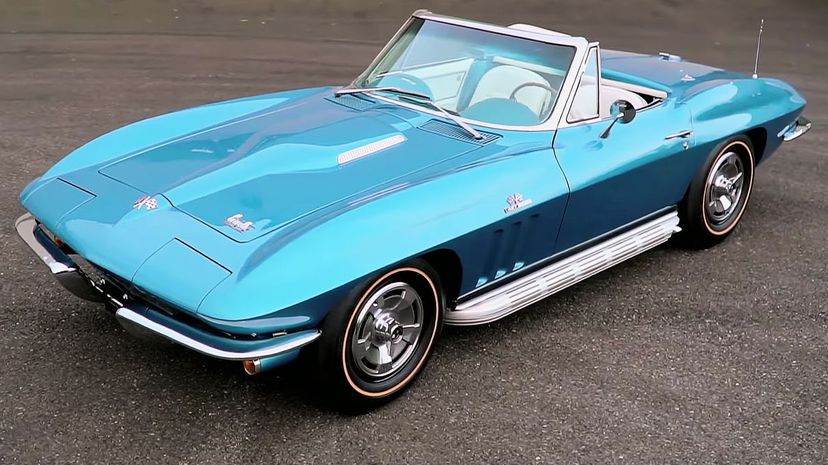
Advertisement
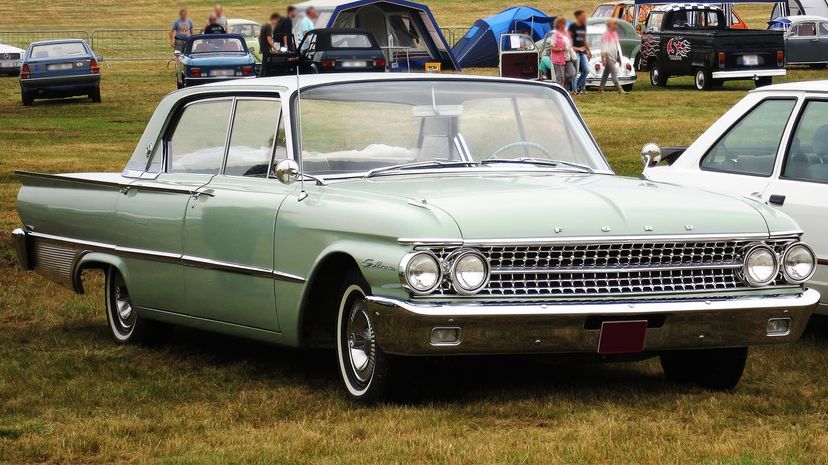
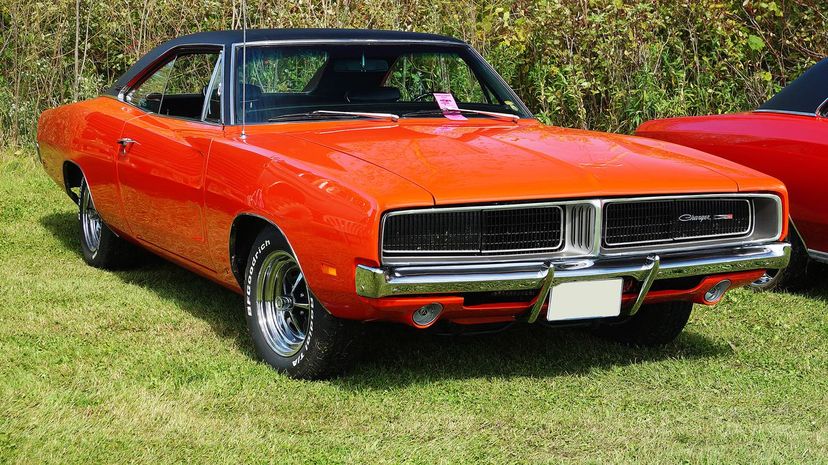
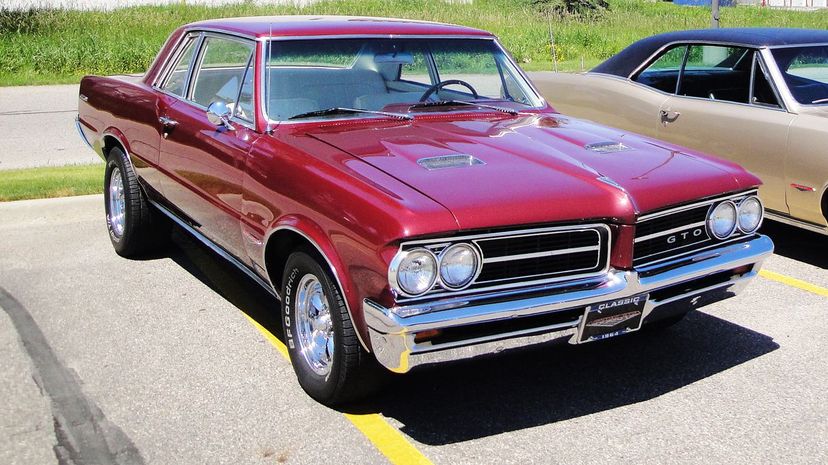
Advertisement
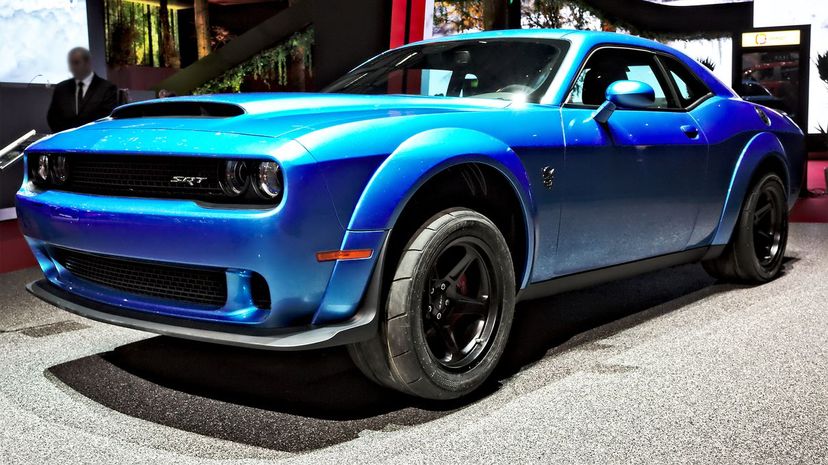
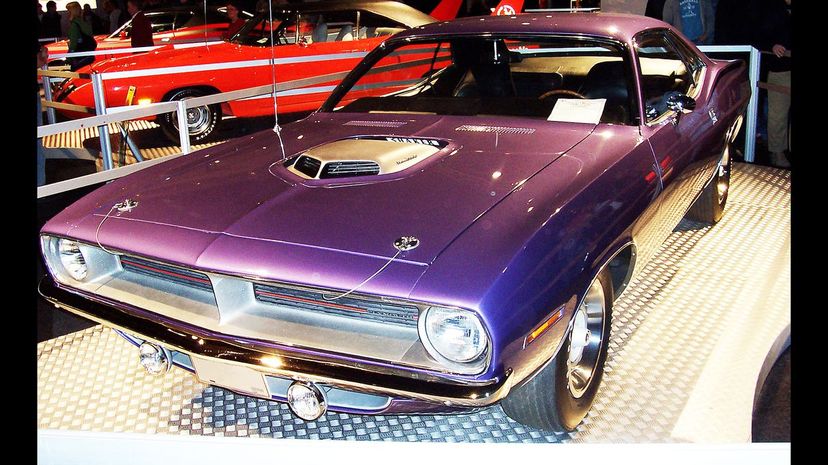
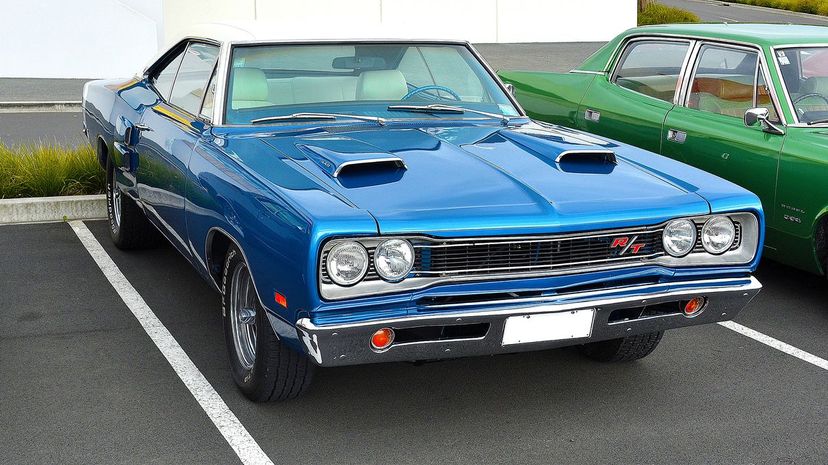
Advertisement
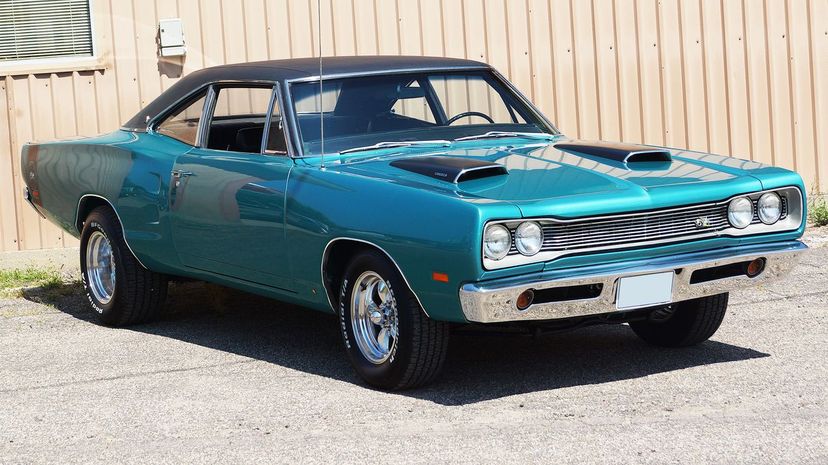
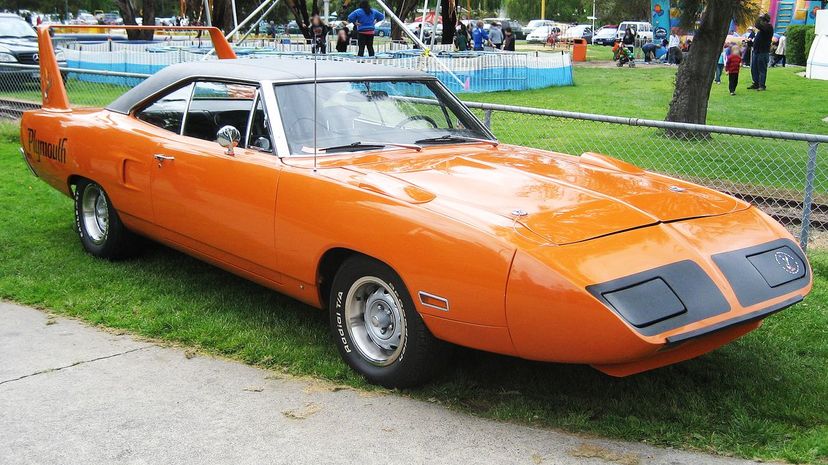
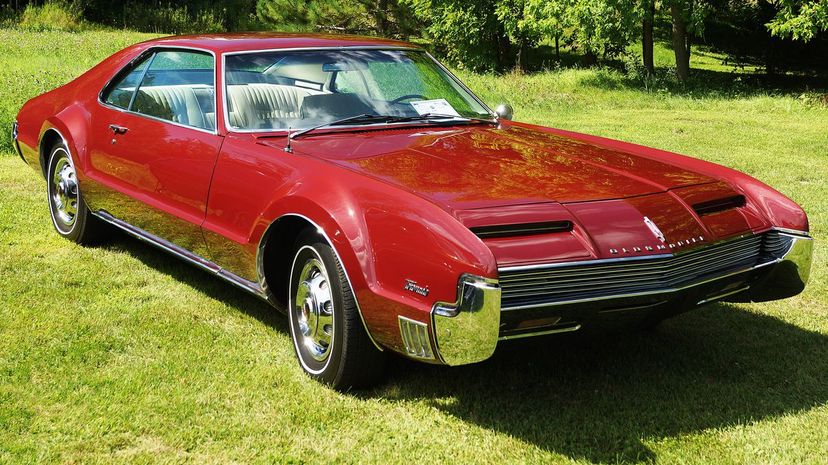
Advertisement

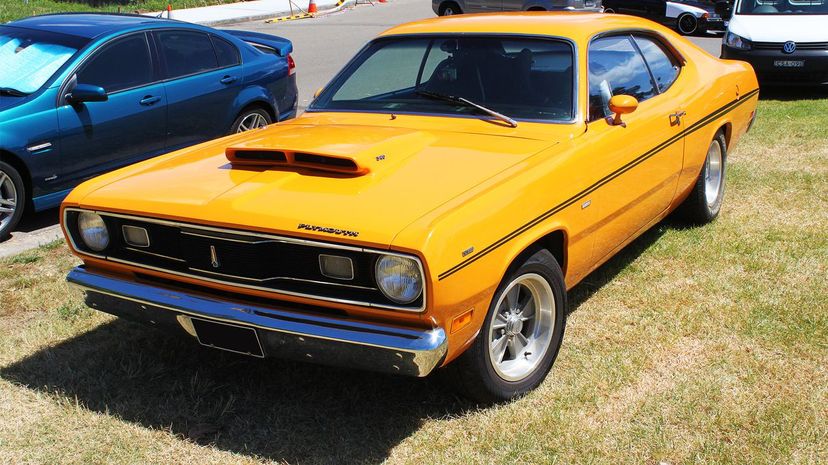
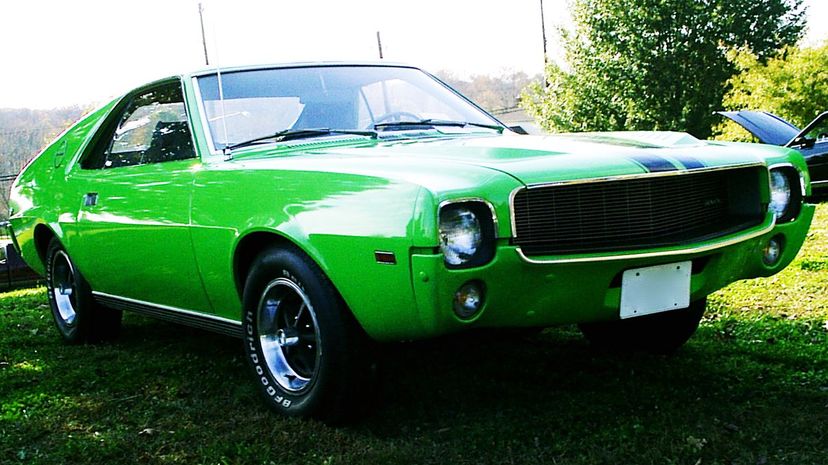
Advertisement
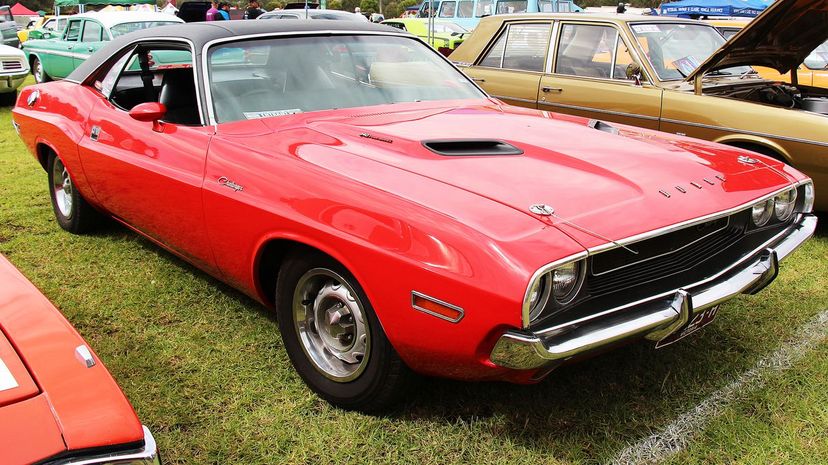
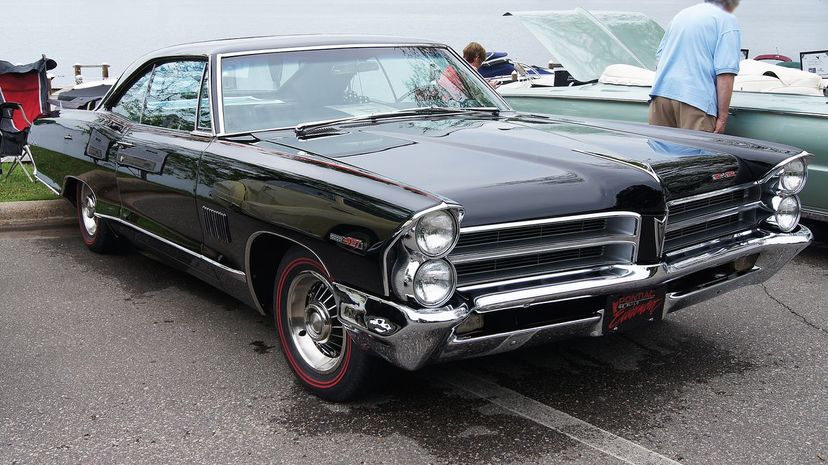
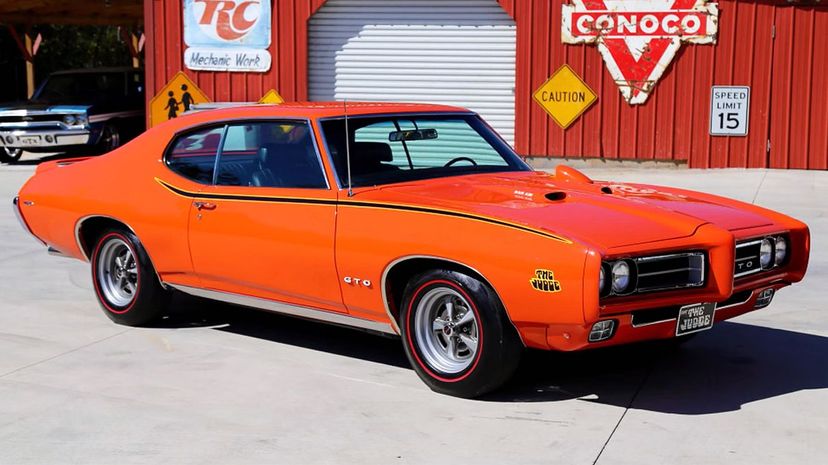
Advertisement
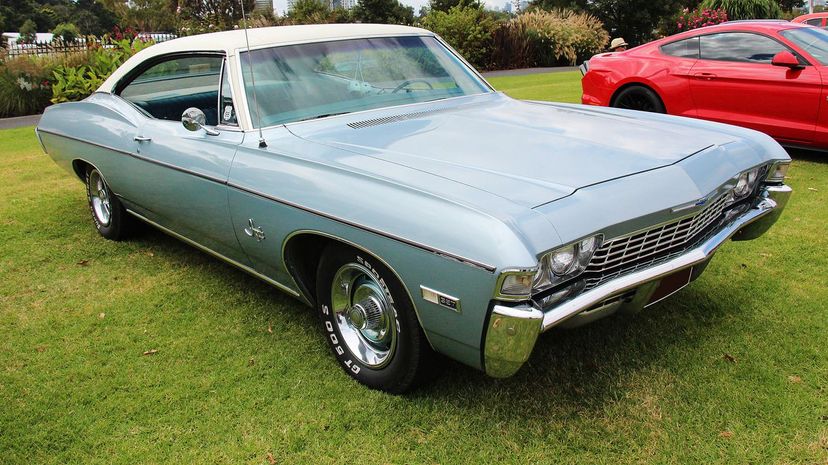

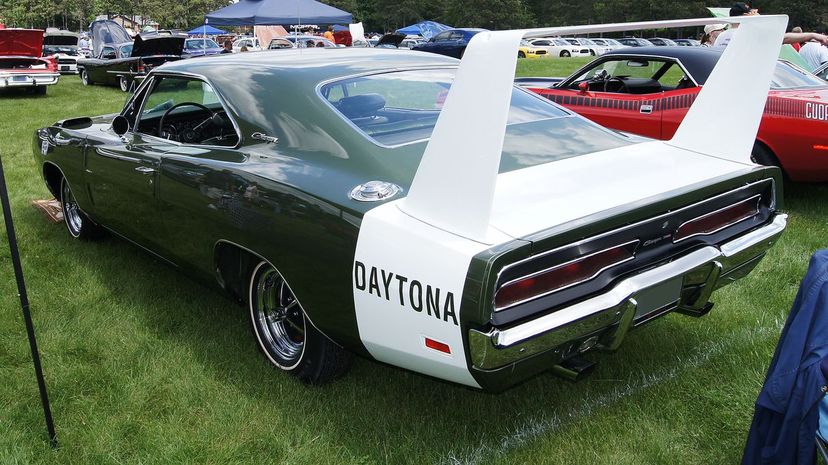
Advertisement

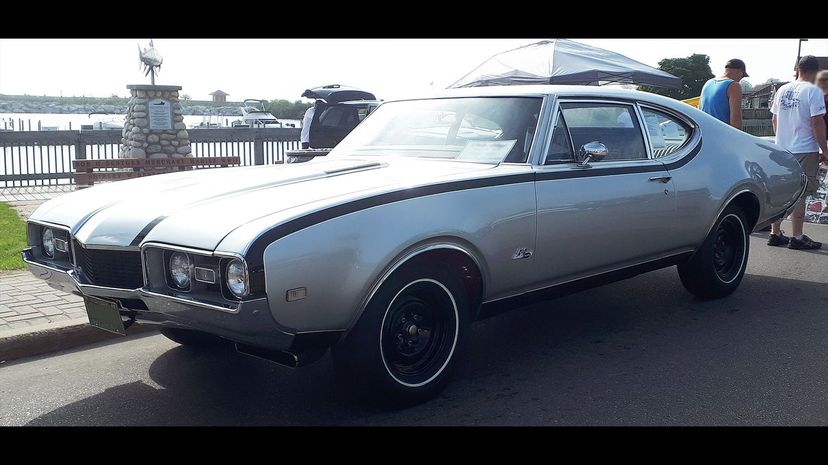
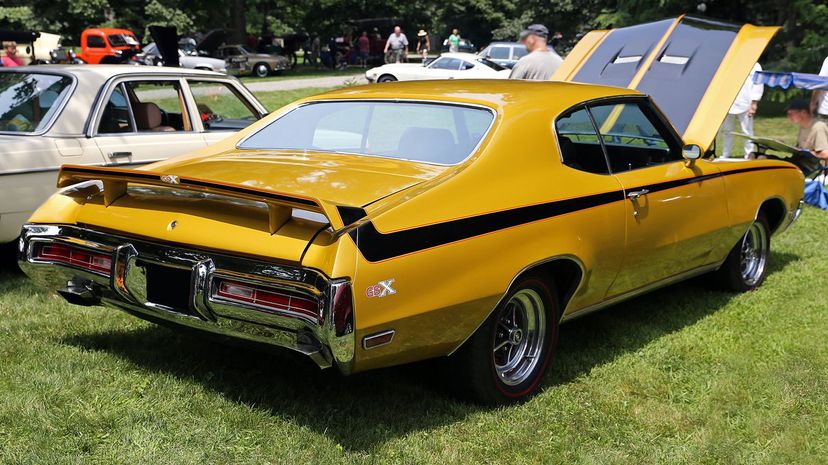
Advertisement




